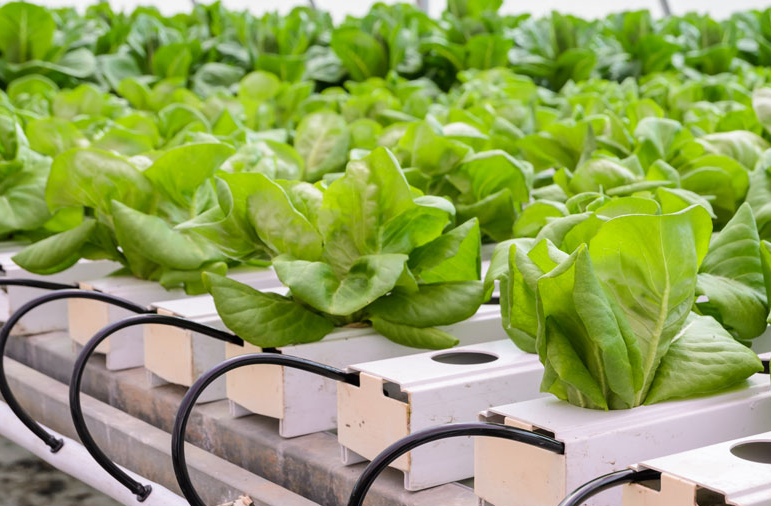
Combined Aquaponic and Hydroponic Systems
Aquaponic systems merge aquaculture and hydroponics in a closed loop where fish and plants support each other. Nutrient-enriched water from the fish feeds the plants, which then filter the water before returning it to the fish. According to a study conducted by the University of Arizona (Department of Environmental Science, 2023), aquaponic systems enable water use reduction of up to 90% compared to traditional irrigation in dry climates. This approach is emerging as a sustainable solution suited for urban agriculture and arid zones.
System Principles
- Circular cycle: Fish waste, such as ammonia, is transformed by nitrifying bacteria into nitrates that plants absorb, purifying the water before it returns to the tank.
- Integrated hydroponics: Plants grow without soil in a liquid medium, using natural nutrients from fish instead of chemical fertilizers.
- Adapted species: Fish such as tilapia or perch produce nutritious waste, while plants like lettuce or tomatoes ensure effective filtration.

- Water recycling: According to the study “Integrated Aquaponic Systems for Water Efficiency in Arid Regions” (University of Arizona, 2023), water losses are limited to approximately 1.5% per day in controlled environments.
Advantages
- Sustainability: According to the report from the Institut de recherche et de développement en agroenvironnement (IRDA, Quebec, 2025), aquaponic systems drastically reduce organic waste and eliminate pesticide use.
- Efficiency: Closed biological cycles enable accelerated yields, particularly in northern regions when coupled with energy adjustments.
- Savings: Fewer chemical inputs and reduced water consumption offer increased long-term profitability despite higher initial costs.
- Scalability: From DIY kits to commercial farms, the global aquaponics market is estimated at $1.2 billion USD by 2025 according to MarketsandMarkets (2025).
- Canadian context: Agriculture and Agri-Food Canada emphasizes that aquaponics, by integrating optimal water use and local production, represents a potential solution for sustainable agriculture in urban and peri-urban areas in Canada (AAFC, 2024).
Analysis
These systems materialize a virtuous loop where each element supports the other: fish produce necessary nutrients, plants purify the water, and microorganisms ensure biological conversion. According to IRDA (2025), northern adaptations such as geothermal heating and IoT automation increase energy efficiency. Aquaponics represents a concrete path for Quebec producers who wish to combine sustainability and productivity in the face of climate change.
Sources
- University of Arizona, Department of Environmental Science. Integrated Aquaponic Systems for Water Efficiency in Arid Regions (2023, updated 2025).
- IRDA – Institut de recherche et de développement en agroenvironnement (Quebec). Report on the integration of aquaponic systems in northern climates (2025).
- MarketsandMarkets. Aquaponics Market Forecast and Trends 2025.
- Agriculture and Agri-Food Canada (AAFC). Aquaponics and urban agriculture in Canada (2024).